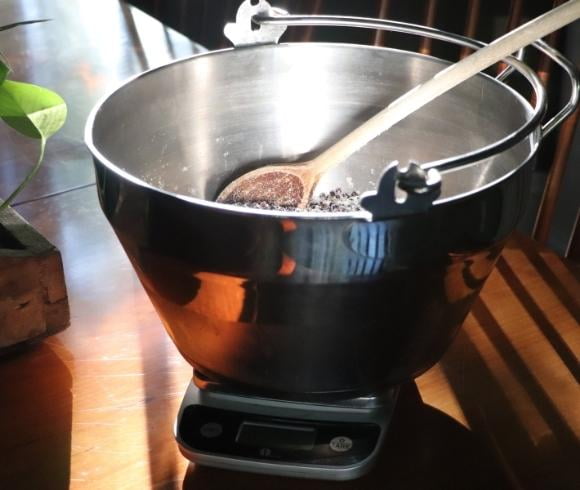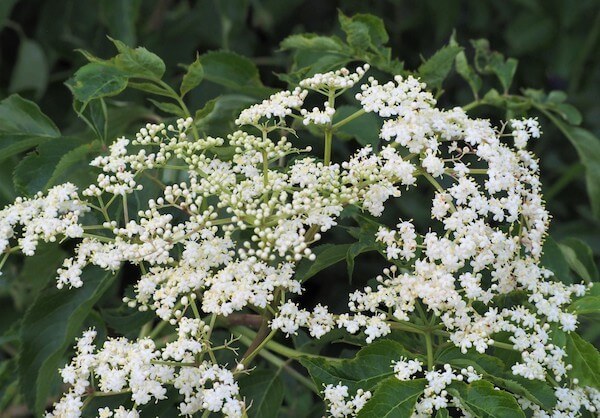
Growing Elderberries: Beauty and Bounty in Your Backyard
Imagine a garden bursting with creamy white flower clusters in the spring, followed by a cascade of deep purple berries in late summer. This isn't just a dream; it's the reality of growing elderberries! These versatile plants offer both stunning beauty and a wealth of health benefits, making them a fantastic addition to any home garden, even for beginners. Easy to grow and incredibly rewarding, elderberries can transform your backyard into a haven of self-sufficiency and seasonal delight. Let’s explore the joys of growing elderberries and how you can reap the beauty and bounty they offer.
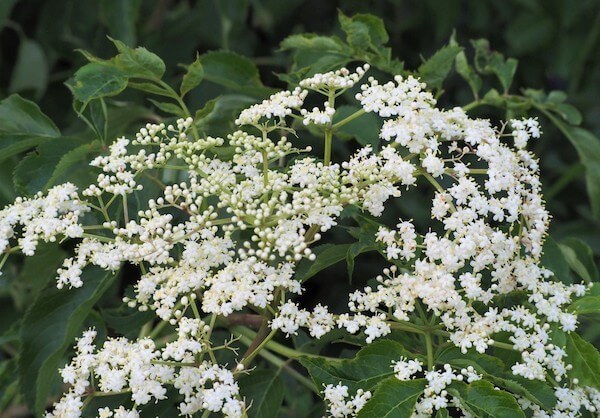
Choosing the Right Variety for Your Needs
When it comes to growing elderberries, selecting the right variety is crucial for success. Several cultivars are specifically bred for improved berry production and adaptability. Here are a few popular choices:
- 'Adams': Known for its early ripening and consistently high yields, 'Adams' is an excellent choice for gardeners looking to maximize their harvest. Its berries are flavorful and well-suited for making jams, jellies, and syrups.
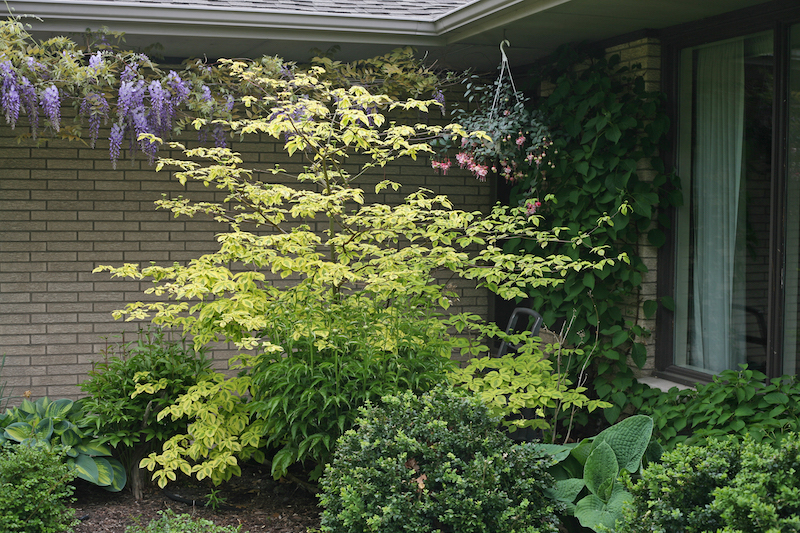
- 'York': If you're after large, plump berries, 'York' is the variety for you. Its impressive berry size makes it a favorite for processing and freezing, ensuring you have a plentiful supply for winter wellness.
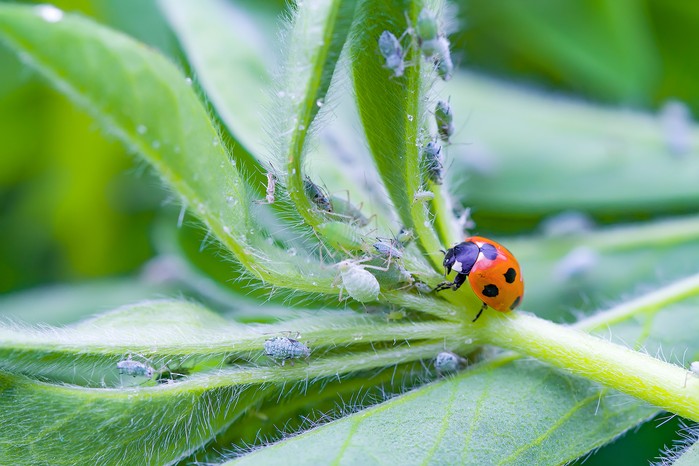
- 'Nova': Gardeners with limited space will appreciate the compact size of 'Nova'. This variety is perfect for smaller gardens and even container growing while still providing a generous yield of delicious berries.
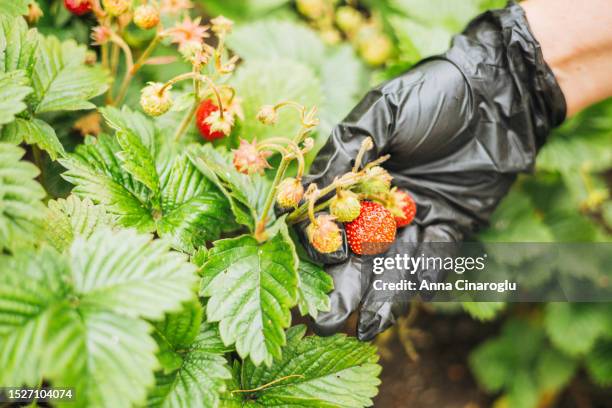
Optimal Sunlight and Soil Conditions:
Elderberries thrive in locations with at least 6 hours of direct sunlight each day. When it comes to soil, they prefer well-drained soil that is rich in organic matter. Amending your soil with compost before planting will provide the necessary nutrients and improve drainage, leading to healthier, more productive bushes.
Planting and Care: Nurturing Your Elderberry Bushes
Planting elderberries is a straightforward process that can be accomplished in either the spring or fall. Here's a step-by-step guide:
- Choose a Location: Select a spot in your garden that receives ample sunlight and has well-drained soil.
- Prepare the Soil: Dig a hole twice as wide and as deep as the root ball of your elderberry plant. Amend the soil with compost or well-rotted manure.
- Planting: Carefully remove the elderberry from its container and gently loosen the roots. Place the plant in the hole, ensuring the top of the root ball is level with the surrounding soil.
- Spacing: Space elderberry bushes 6-8 feet apart to allow for adequate growth and air circulation.
- Watering: Water the newly planted elderberry thoroughly.
- Mulching: Apply a layer of organic mulch, such as straw or wood chips, around the base of the plant to help retain moisture, suppress weeds, and regulate soil temperature.
Watering Needs:
Elderberries require consistent watering, especially during dry periods. Aim to keep the soil consistently moist, but not waterlogged.
Pruning Techniques:
Pruning is essential for maintaining the health and productivity of your elderberry bushes. Prune in late winter or early spring before new growth begins. Remove any dead, damaged, or crossing branches. Also, prune out older canes to encourage new growth, as the most productive berries grow on younger wood.
Companion Planting Power: Enhance Your Elderberry Patch
Companion planting is a fantastic way to boost the health and productivity of your elderberry bushes while adding visual appeal to your garden. Here are some excellent companion plants:
Yarrow: Yarrow attracts beneficial insects like ladybugs and hoverflies, which prey on common elderberry pests like aphids.
Comfrey: Comfrey is a dynamic accumulator of nutrients, meaning it draws nutrients from the soil and makes them available to nearby plants. It also enriches the soil with organic matter as it decomposes.
Bee Balm: Bee Balm attracts pollinators, which are essential for increasing berry production in elderberries.
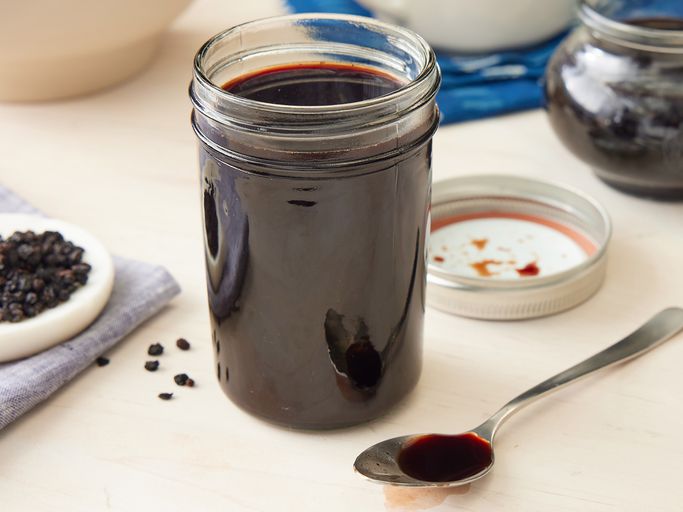
The contrasting colors and textures of Yarrow, Comfrey, and Bee Balm create a beautiful and functional planting combination that complements the elderberry bush perfectly.
Organic Pest Control: Protecting Your Elderberries Naturally
While elderberries are relatively pest-resistant, they can occasionally be affected by aphids and spider mites. Here's how to manage these pests organically:
- Insecticidal Soap: Insecticidal soap is an effective treatment for aphids. Spray affected areas thoroughly, ensuring you cover both the tops and undersides of the leaves.
- Ladybugs: Ladybugs are voracious predators of aphids and spider mites. Encourage ladybugs to inhabit your garden by providing them with food and shelter. You can also purchase ladybugs from garden supply stores.
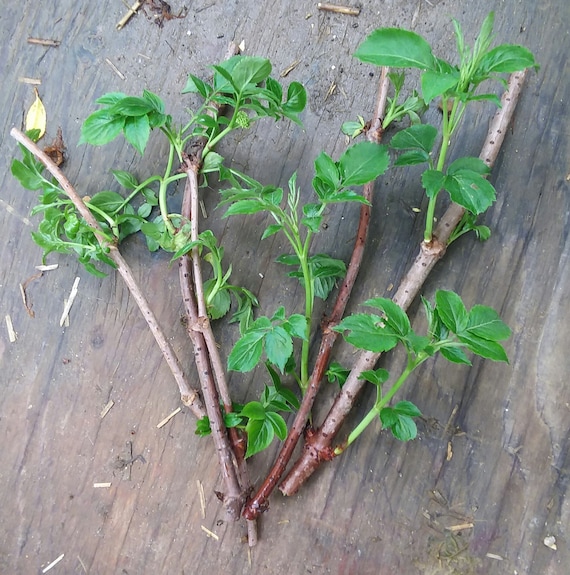
Regularly inspect your elderberry bushes for signs of pests and address any issues promptly to prevent infestations from becoming severe.
Harvesting and Using Your Elderberries: From Garden to Table
Elderberries are typically ready for harvest in late summer or early fall, when the berries are deep purple and plump.
Harvesting Tips:
- Harvest the entire cluster of berries by cutting the stem just above the cluster.
- Gently remove the berries from the stems.
- Be sure to wear gloves, as elderberries can stain your skin.
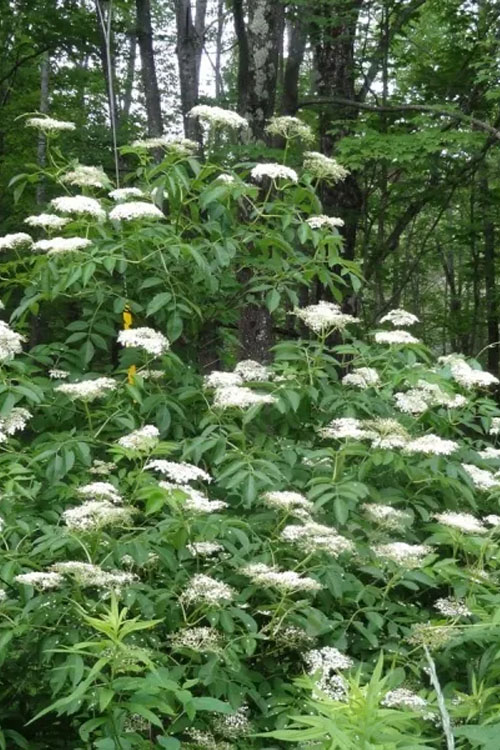
Important Note: Elderberries must be cooked before consumption, as raw berries can cause nausea.
Elderberry Syrup Recipe:
One of the most popular ways to use elderberries is to make elderberry syrup, known for its immune-boosting properties.
Ingredients:
- 4 cups fresh or frozen elderberries
- 4 cups water
- 1 cup honey (or maple syrup)
Instructions:
- Combine elderberries and water in a saucepan.
- Bring to a boil, then reduce heat and simmer for 45 minutes, or until the berries are soft and the liquid has reduced by half.
- Strain the mixture through a fine-mesh sieve or cheesecloth, pressing on the berries to extract as much juice as possible.
- Return the strained juice to the saucepan.
- Add honey (or maple syrup) and stir until dissolved.
- Bring to a simmer and cook for another 5 minutes.
- Remove from heat and let cool.
- Pour the syrup into sterilized jars and store in the refrigerator for up to 2 months.
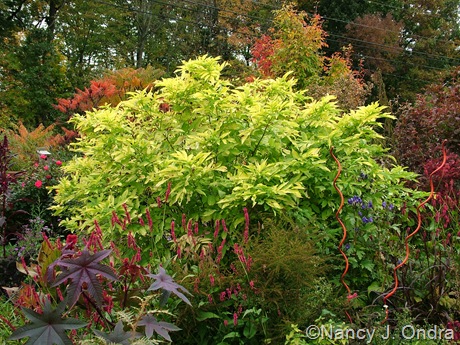
Other Uses:
Besides syrup, elderberries can also be used to make jams, jellies, pies, and even wine. Their unique, tangy flavor adds a delightful twist to your favorite recipes.
A Garden of Beauty and Wellness Awaits
Growing elderberries offers a unique blend of beauty, functionality, and health benefits that can enhance your home garden and homestead. From their stunning floral displays to their abundant, health-boosting berries, elderberries are a rewarding addition to any landscape. So, why not embrace the joy of growing elderberries and experience the bounty of their harvest? Plant an elderberry bush (or two!) and embark on a journey towards a more beautiful, self-sufficient, and healthier life.
